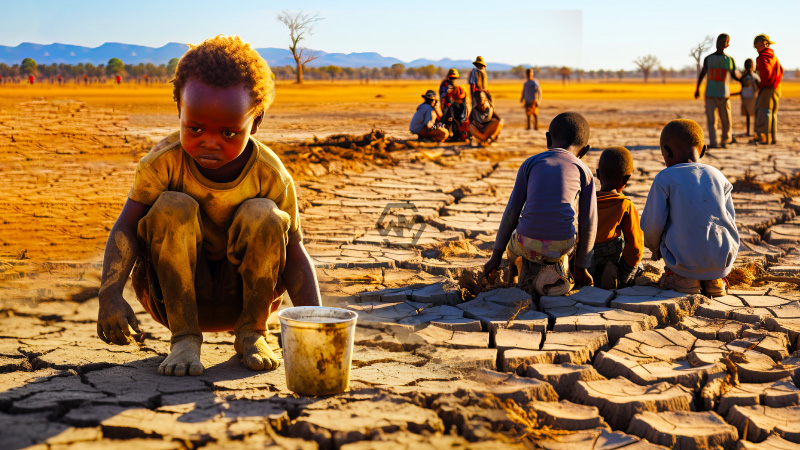- A food aid distribution station in the Mangwe provided rations of cooking oil, sorghum, peas, and other supplies to 2,000 individuals.
- The drought has destroyed crops that tens of millions of people grow themselves and rely on to exist.
- According to USAID, in the first few months of 2024, 20 million people in southern Africa will need food assistance.
A food aid distribution station in the Mangwe district provided rations of cooking oil, sorghum, peas, and other supplies to 2,000 individuals, including Zanyiwe Ncube, a mother of three living in Zimbabwe.
The distribution is a component of a program run by the World Food Programme of the United Nations and supported by the American aid organization USAID. The drought has destroyed crops that tens of millions of people grow themselves and rely on to exist, helping them to rely less on their crops and the weather.
Drought in Southern Africa
As a result of the severe drought that has affected Zimbabwe, bordering Zambia, and Malawi, national disasters have been declared in Zambia and Malawi. The area is currently experiencing a severe weather pattern of excessive rain followed by a drought, which scientists claim is growing more common and harmful, particularly for the world’s most vulnerable populations.
According to the UN Children’s Fund, eastern and southern Africa are experiencing “overlapping crises” due to extreme weather, with both regions experiencing heat waves, droughts, storms, and flooding during the past year. According to UNICEF, the drought is affecting over 6 million people in Zambia, including 3 million children, and an estimated 9 million people in Malawi, half of whom are children, who require assistance.
The naturally occurring climatic phenomenon known as El Niño, which warms sections of the Pacific Ocean every two to seven years, has a variety of effects on weather patterns worldwide. It is attributed to the existing state of affairs and denotes below-average rainfall and occasionally drought in southern Africa. Those who live in Mangwe, which is known for its extreme aridity, are more severely affected.
Last year, several relief organizations issued warnings about the approaching catastrophe. Hakainde Hichilema, the president of Zambia, claimed that one million acres of the key corn crop in his nation had been devastated. Lazarus Chakwera, the president of Malawi, has requested $200 million in aid.
Into 2025, millions of people in Madagascar, southern Malawi, Zimbabwe, and Mozambique won’t be able to feed themselves because this year’s harvest was a write-off. According to USAID’s Famine Early Warning System, in the first few months of 2024, 20 million people in southern Africa would need food assistance.



